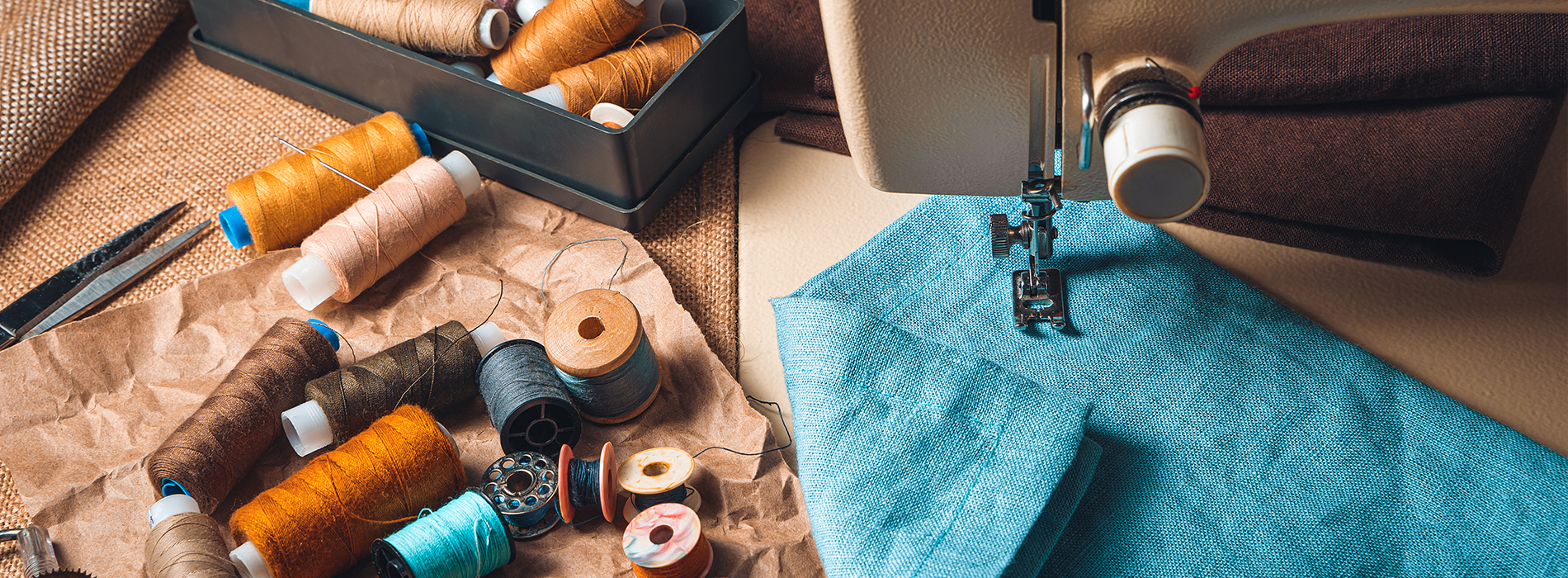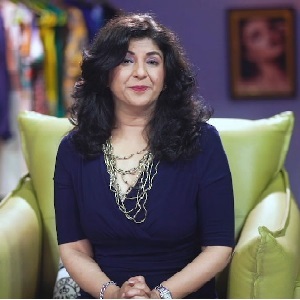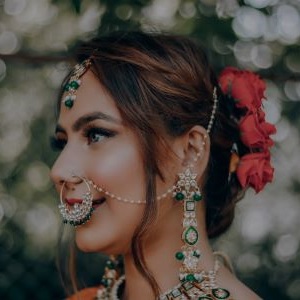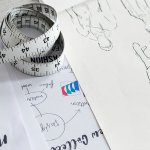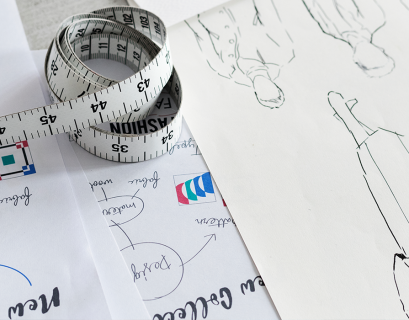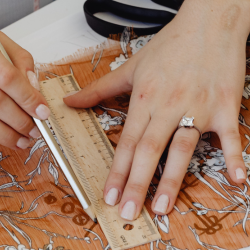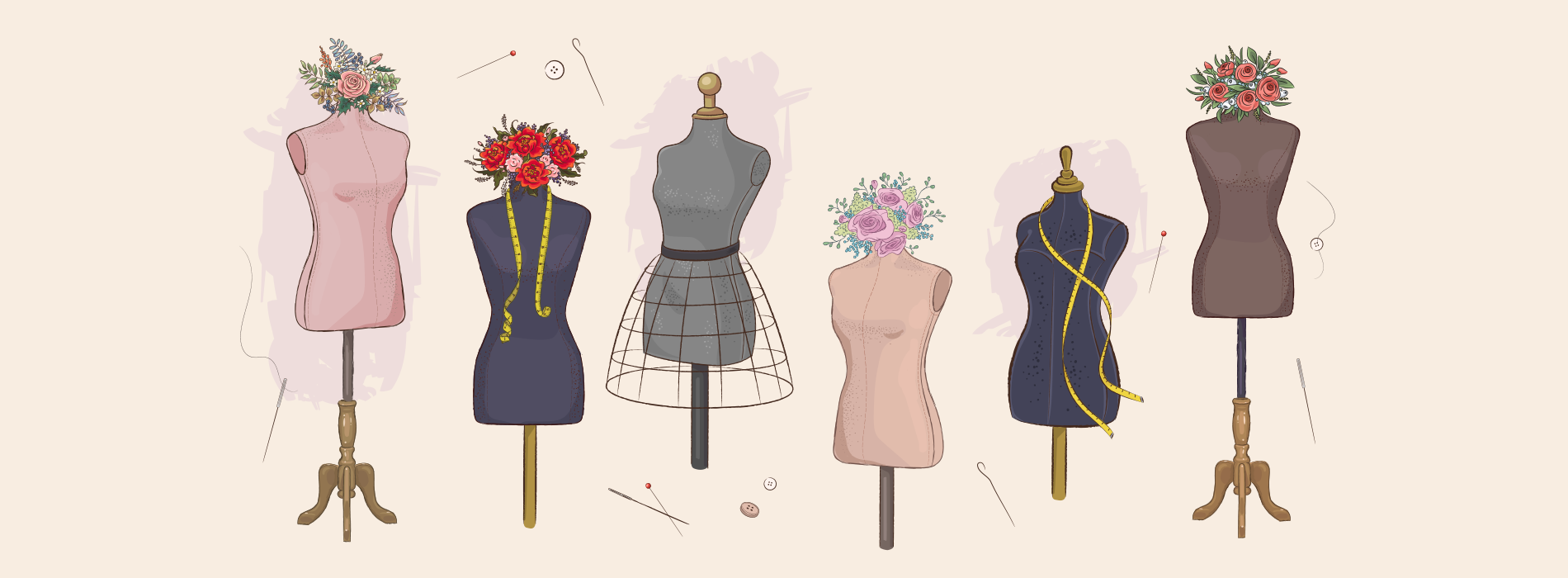A one-year program called the Diploma in Fashion Designing after 10th grade is built around a revised curriculum that focuses on fashion trends and designing while directing students towards numerous operational professions in this industry. Most colleges provide a one-year diploma program, although some also offer a two-year program.
Students interested in the course must have received their 10th-grade diploma from a reputable board. The training is also offered by organizations like Fashion Writers, Brand Managers, Fashion Coordinators, Pattern Makers, and Fashion Designers.
Table of contents:
Diploma in Fashion Designing After 10th: Highlights
A Diploma in Fashion Designing after 10th is a perfect stepping stone for students who want to enter the creative world of fashion early in their academic journey. This course equips learners with fundamental knowledge of design principles, textiles, pattern making, garment construction, and fashion illustration, while also nurturing their creativity and sense of style. By starting right after the 10th, students gain an early advantage in building technical expertise and industry-ready skills, opening up opportunities for internships, entry-level jobs, or even further studies in fashion. It’s an ideal choice for those who are passionate about clothing, trends, and innovation, and want to transform their artistic vision into a professional career path.
Eligibility Criteria for Fashion Designing Diploma after 10th
The following criteria must be met in order to be admitted to the fashion designing program:
- To become a fashion designer, candidates should have finished at least class 10th if they intend to pursue a diploma in fashion design. After completing high school, only a select few universities, like NIFT and JD Institute, admit students.
- Students who desire to pursue a career in fashion design following their undergraduate or graduate studies enrol in the program to learn the fundamental concepts and techniques. Therefore, there is no age restriction on pursuing a diploma in fashion design.
How to Get Admission in a Fashion Designing Diploma Course
For a diploma in fashion designing courses, different colleges have different admission requirements. Based on their performance in class 10th, the majority of private universities grant students immediate admission.
Similar to NIFT, few universities choose to accept candidates based on their performance in the written round and subsequent personal interviews. Direct admission to the program is provided to those who submit both online and paper applications. When they are chosen, the colleges inform them and ask them to pay the entrance costs to reserve their seats.
- Written Exam-Based Admission: After passing the group discussion and/or personal interview rounds, a select few universities provide subject-based aptitude exams to Android applicants for the course.
Entrance Exams to Watch Out for After 10th
There are no particular entrance examinations for this diploma program, although a number of institutions, like Madras Institute of Fashion Technology, NIFT, and JD Institute of Fashion Technology, have written exams before conducting further admissions processes.
The Written Test, which aids institutions in selecting candidates for the final stage of admission, may be aptitude- or subject-knowledge-based.
In these colleges, there may be a Group Discussion and Personal Interview Round for final admission that assesses the student’s interests, goals, career plans, and general personality.
Top Institutes Offering Diploma in Fashion Designing
Mentioned below are a few colleges that offer diploma in fashion design along with fashion design course fees:
| College Name |
Average Fees |
| NIFT Navi Mumbai |
INR 3,00,000 |
| Pearl Academy New Delhi |
INR 2,40,000 |
| International Institute of Fashion Technology (IIFT) |
INR 55,000 |
| JD Institute of Fashion Technology |
INR 1,77,000 |
| International Institute of Fashion Design (INIFD) |
INR 2,50,000 |
| Vogue Institute of Fashion and Design |
INR 95,000 |
| World University of Design |
INR 2,19,000 |
| Madras Institute of Fashion Technology |
INR 1,02,000 |
Benefits of Doing a Diploma in Fashion Designing after 10th:Highlights
A diploma in fashion design can be pursued for a variety of reasons, some of which are listed below.
- A diploma in fashion designing courses in india provides applicants with real-world work experience and skill development, which will aid them in getting ready for a fantastic and exciting future in fashion.
- The training also gives students the chance to improve their abilities and credentials, making them more competitive job seekers in the highly competitive fashion business.
- Students may build a solid foundation for their skill set that is unique in the field of design by building on the knowledge, experience, and workshops led by professionals in the field.
- After earning a diploma in fashion design, there are several job prospects in both the commercial and public sectors.
Why Choose a Fashion Designing Diploma After 10th?
The diploma in fashion designing after 10th is a comprehensive course that covers various aspects of fashion designing. Below mentioned are a few highlighted aspects of the fashion design diploma course:
| Course Level |
Diploma |
| Course Name |
Diploma in Fashion Design after 10th |
| Eligibility |
Must have completed class 10th |
| Admission Process |
Many colleges offer direct admission to the students while some colleges conduct subject-based aptitude tests followed by Group Discussion and/or Personal Interview round. |
| Course Fee |
INR 1,00,000 – 5,00,0000 |
| Colleges |
International Institute of Fashion Technology, Pearl Academy, JD Institute of Fashion Technology, etc. |
| Job Prospects |
Fashion Writers, Brand Managers, Fashion Coordinators, Pattern Makers, Designers, and many more. |
| Average Salary |
2,00,000 – 6,00,000 |
What You’ll What You’ll Learn: Syllabus Overview
Most institutions teach nearly identical courses for the Diploma in Fashion Designing program. The following is the course outline for the whole Diploma in Fashion Designing program.
| General Fashion Theory |
History of Costumes |
| Fabric Selection |
Fashion Illustration |
| Principles of Fashion Design |
Fashion Principles |
| Fashion Accessories |
Fashion Tools & Techniques |
| Basic Silhouettes |
Measurements & Patterns |
| Silhouettes of Garments |
Quality Assurance |
| Drafting of Blocks & Patterns |
Stitching Methods & Applications |
| Saree Designing |
Fashion Forecasting |
| Advertising and Media Planning |
Fashion Show |
| Fashion Exhibition |
Industrial Training Report |
Skills You Need to Succeed in Fashion Designing
To pursue a diploma in fashion designing courses, students must possess a variety of skills. Mentioned below are a few required skills for a career in fashion design:
Creativity & Proactivity: People anticipate fashion designers to create innovative and intriguing fashion concepts. To study current fashion trends and develop original new styles, fashion designers require creative thinking abilities. To have a successful profession, fashion designer needs to be proactive and consistently use their creative thinking abilities.
Interpersonal Skills: Among the numerous individuals a fashion designer interacts with customers, models, agents, and photographers. Fashion designers need to know how to communicate with different professions under varied scenarios. A fashion designer must be able to do their own work autonomously and collaborate with others, such as by accepting customer requests for fashion designs.
Visualisation and Sketching Skills: Ideas for a fashion designer usually start out as thoughts. A talented fashion designer needs to be able to aid others in seeing their ideas through. One method of communicating thoughts and concepts to others is by creating comprehensive drawings that include precise dimensions, angles, and curves.
Flexibility and Adaptability: The duties of a fashion designer might fluctuate at any time. The fashion business occasionally faces difficulties or unforeseen circumstances; therefore designers must be ready to address them. Fashion designers that can change with the times are better able to solve problems or come up with new ideas.
Knowledge of Fabrics: Being a successful fashion designer requires having a solid understanding of how to choose and work with a variety of materials and textiles. You must comprehend various textures and how they interact, the possible difficulties of dealing with particular textiles, the longevity of materials, and ethical fabric sourcing.
Career Scope & Job Opportunities After the Diploma
A diploma in fashion designing can open up a wide range of opportunities in the fashion industry. From designing to merchandising, students can explore various career paths.Here are some pointers on Scope and Jobs.
Scope
After completing fashion designing course after 10th, students have several
career in fashion designing opportunities. After learning
about fashion designing, students may broaden their horizons. Among the opportunities that a diploma in fashion design offers is:
- Following completion of the fashion design diploma program, there are several job options in both the commercial and public sectors. Jobs are available in fields including style, fashion, hiring, and retention.
- A candidate may be their own boss, work independently, and be an entrepreneur, fashion writer, blogger, or influencer. They can also make a lot of money doing this.
- In the fashion business, a person’s experience is valued more highly than his or her educational background. Therefore, having the correct abilities, inventiveness, and experience may greatly aid students in developing both personally and professionally.
- Additionally, students have the option of enrolling in bachelor’s and advanced diploma programs, including the Bachelor of Design and the Advanced Diploma in Interior Design.
Jobs
| Job Profile |
Description |
Average Salary |
| Fashion Designer |
A fashion designer’s duties include creating fashion sketches, cutting out and sewing garments, visiting fashion shows, employing tailoring expertise to produce the best fit, creating patterns to manufacture clothing, choosing materials, etc. They either work on their own or for fashion businesses. |
INR 3.85 LPA |
| Fashion Retailer |
A fashion retailer’s duties include choosing new items and evaluating existing ones, as well as choosing the best suppliers, negotiating costs, and ensuring on-time delivery of the goods. Their labour also entails creating and purchasing goods for their intended use. |
INR 7.94 LPA |
| Visual Merchandiser |
A visual merchandiser’s job is to advertise the brand, goods, and services that companies and other organisations have to offer. They are also in charge of designing captivating visual displays that guide shoppers around the whole store. |
INR 4.15 LPA |
| Pattern Maker |
A pattern maker’s duty is to design templates that are then used to manufacture goods like apparel, footwear, furniture, or plasticware. They also use drifting drafting software or freehand measuring procedures to convert blueprints and design models into production patterns. |
INR 4 LPA |
| Fashion Stylist |
Choosing and matching clothing for models in photo sessions or performers in television and film, selecting props and accessories, and getting them ready for shoots are all duties of a fashion stylist. |
INR 4.30 LPA |
Conclusion
Pursuing a fashion designer course after 10th is a smart move for students who are passionate about style, creativity, and design. With various courses for fashion designing after 10th now available, it’s easier than ever to start building your career early. Whether you’re curious about the eligibility for fashion designing courses after 10th or wondering how to do a fashion designing course after 10th, this guide has walked you through the key steps—from admission processes and entrance exams to top institutes and career paths.
A fashion designer course after 10th equips you with essential skills and industry knowledge to step confidently into the world of fashion. With dedication and the right training, you can turn your creative interests into a successful career. So, if fashion is your calling, don’t wait—explore your options and take the first step towards becoming a fashion designer today.
FAQs
1.What is the basic eligibility to join a fashion designing course after 10th?
To join a fashion designing course after 10th, students typically need to have completed their 10th grade from a recognized board. Some institutes may also conduct an entrance test or interview as part of the admission process.
2.How long does a fashion designing course take after completing 10th?
A fashion designer course after 10th usually takes 1 to 3 years to complete, depending on the type of diploma or certification program chosen.
3.Which fashion designing courses are most popular after 10th?
Popular options include the Diploma in Fashion Designing, Certificate in Fashion Styling, and Textile Designing courses. These programs provide practical knowledge and creative skills to kickstart your fashion career.
4.What career options are available after finishing a fashion designing course post-10th?
Graduates can explore roles such as fashion designer, stylist, illustrator, boutique owner, or even assistant roles in fashion houses. The career scope of fashion designing after 10th is broad and continues to grow with experience and upskilling.
5.What is the starting salary after completing a fashion designing course post-10th?
The starting salary after completing a diploma or certificate in fashion designing can range between ₹20,000 to ₹30,000 per month, depending on the job profile, location, and employer.
6.How much does it cost to pursue a fashion designing course after 10th?
The cost of a fashion designing course after 10th varies by institute and course type, typically ranging from ₹50,000 to ₹3,00,000 for a full diploma program.
7.Which are the best institutes in India for fashion designing after the 10th?
Some top institutes offering fashion designing courses after 10th include:
- AAFT Online
- Pearl Academy
- JD Institute of Fashion Technology
- Hamstech Institute
- INIFD (International Institute of Fashion Design)






